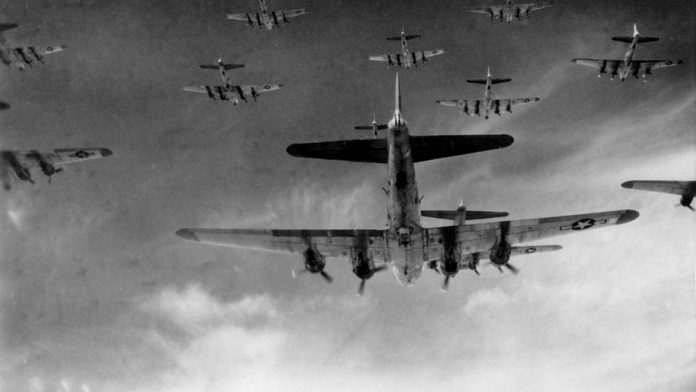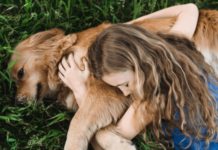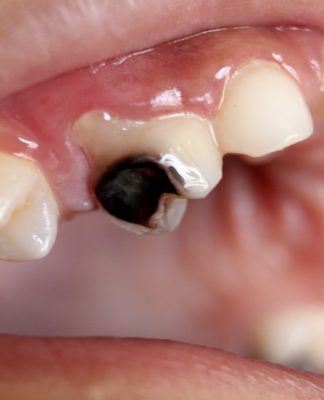On the question of which model was the best hunting aircraft of the Second world war, is a fight. In the case of heavy bombers, there is no discussion: No other model can compete with the B-17. The axis forces had no comparable heavy bombers.
Other allied Bomber could carry a greater bomb load as the B-24 Liberator, but not a machine, it was able to accommodate with armament and resistance of the B-17. No wonder, then, that it was for their crews to be more popular than the B-24. Ten-man needed a B-17 for the operation, four of them were alone.-
Weapons bristling fortress
the front nose, rear and sides of the Flying fortress were bristling with heavy machine guns. From Version to Version, the armament was reinforced. The bombers had armor to protect the crew, at least from splinters. The fuel tanks were close in hits.
Especially impressive is the lower fully rotating dome, the bullet-shaped Sperry-Browning MG-tower is. He is equipped with two weapons. The Protect in the bottom of the tower and at the rear, had the most dangerous Jobs – they needed about a Minute to get out of tight positions to get them out. Often the lasted to long.
Psychologically, the heavy weapons had the advantage, that the crew of a B-didn’t have to see 17 themselves as helpless victims of the German fighters. You could massively retaliate. A B-17 F resulted in 1000 kg of ammunition. Overall, the 7485 cartridges.
the positioning of The contactors on the bottom side, the rear and the Front rubbed in Places, especially a lot of fire power, which the machine was the most vulnerable. The four-engined Bomber was also designed so that a single hit with machine guns him could be dangerous. Only when a hunter was headed for the machine directly from the front, was able to kill a single sheaf of the pilots behind the glass nose.
Without fighter protection, the B-17 vulnerable
it was Over Germany, the B-17 flew in well-defined formations. The distance between the machines was calculated so that the Board could erect to protect between the machines of the “death clouds”, when the fire from several bombers focused on a hunter. At the same time, the gap was large enough that the bullets are not adjacent bombers vulnerable.
The Germans responded to the challenge of the Flying fortress. Instead of machine guns machine guns of calibre were mounted 20 mm and 30 mm in the hunter. we experimented even with planes with heavy cannon. Air mines that were dropped above the bomber swarm should split the formations of B-17. Later in the war rockets were mounted under the wings of the fighter.
resistance of the B-17
The disadvantage of all these measures: The heavy armament makes the hunter always immovable. To protect the allies were also able to have their bomber fleets over Germany by hunters with long-range, did not bring the heavy weapons, which could destroy a B-17, the turning point in the air war.
The B-17 bombers were deployed to the most dangerous attacks on the day. Without an escort it was a sky travel command. In the case of the two attacks on heavy industry in Schweinfurt in August 1943, 230 B-17 machines were used. 36 were shot down, 122 damaged, 27 of them seriously. The maiden flight of the prototype of the later B-17, the Model 299 took place on 28.07.1935. A total 12.731 machines were produced.
image band Fighter!
fighter aircraft of the Second world war are alive
graphic artist Jim Laurier is a painter of the dramatic scenes of the air battles of the Second world war . He shows these old aircraft, as it can be historical photos in color and in use.























